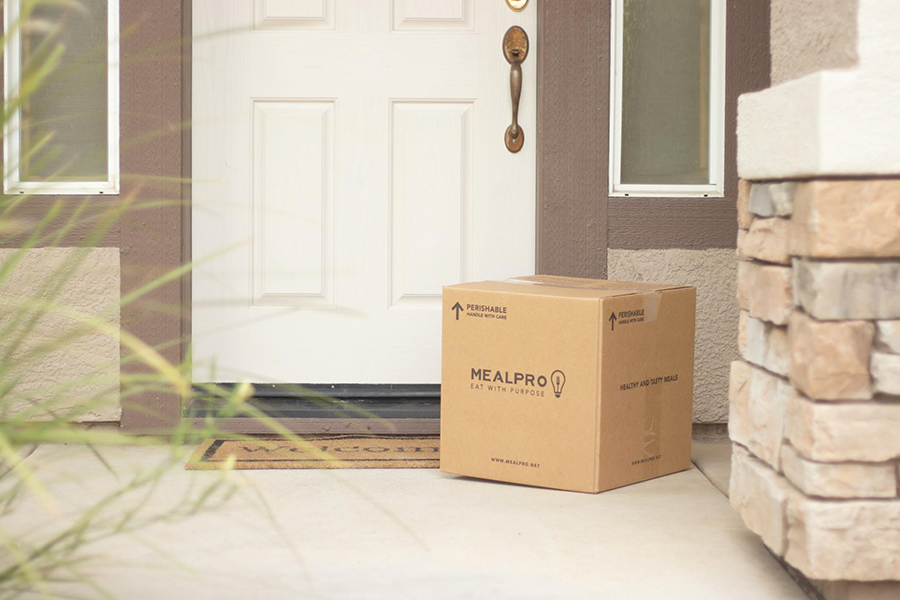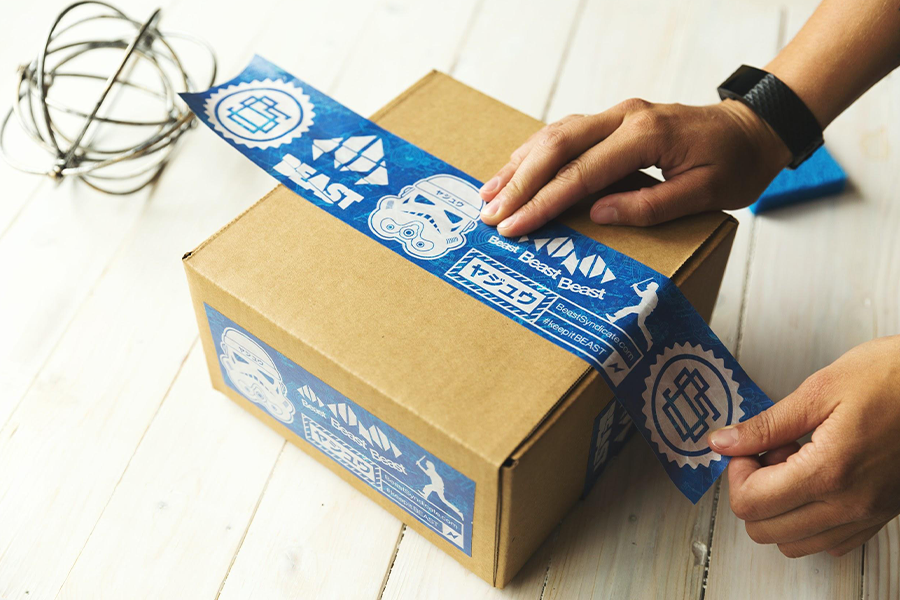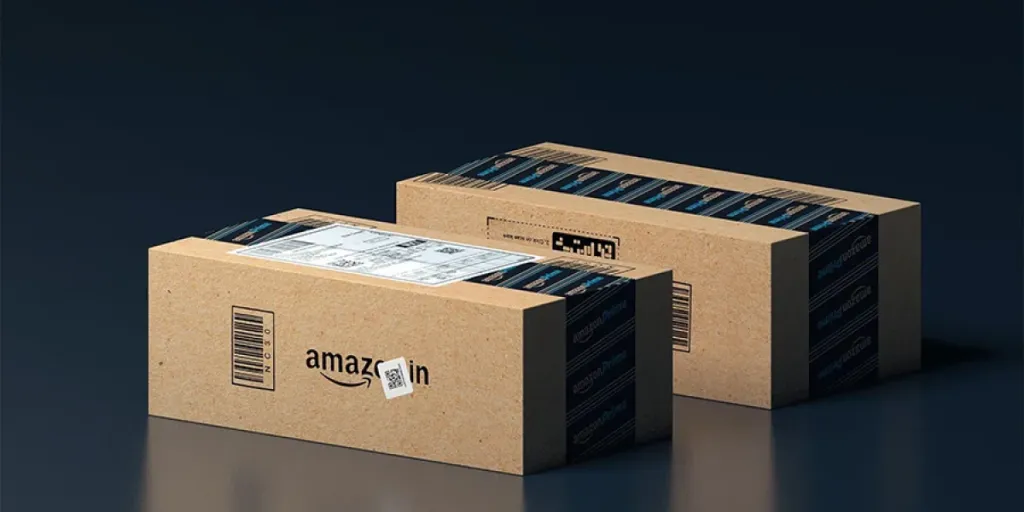The e-commerce industry continues to experience major growth, and currently there are over 1.9 million active sellers on Amazon, as well as 300 million active customer accounts.
Each of these sellers is faced with the responsibility of fulfilling order demands for their global customers. But luckily, Amazon has stepped up to help ease some of these burdens. There is a provision for Amazon to help ship orders for sellers through the Fulfillment by Amazon (FBA) method, or alternatively, sellers can take full ownership of the logistics and shipment operations using the Fulfillment by Merchant (FBM) method.
So read on for a breakdown of how each of these methods works, and what they can do to help streamline your business.
Table of Contents
Amazon FBA and FBM: What are they?
The difference between Amazon FBA and Amazon FBM
Amazon FBA pros and cons
Amazon FBM pros and cons
Amazon FBM vs. FBA: which is more profitable?
Amazon FBA and FBM: What are they?
What is Amazon FBA?
FBA (Fulfillment by Amazon) is an E-commerce service that allows sellers to send their inventory to an Amazon storage place for safekeeping, packing, sealing, and shipping. Amazon introduced this fulfillment method to lessen the burden for retailers, as well as to help to improve the experiences of buyers. The order fulfillment process is fully automated by Amazon, from product warehousing, to packing and shipping, and includes inventory control, customer services, returns, and refunds, which gives sellers the freedom to focus on their business.
What is Amazon FBM?
The Fulfilled by Merchant (FBM) method allows Amazon sellers to take care of the order fulfillment and shipment process themselves. The sellers take responsibility for warehousing, packing, and shipping of items to buyers, and use their resources to fulfill and deliver orders, as opposed to the FBA method where Amazon is paid a monthly shipment and service charge to ship products on the seller’s behalf.

The difference between Amazon FBA and Amazon FBM
The FBA (Fulfilled by Amazon) and FBM (Fulfilled by Merchant) both allow retailers to sell on Amazon, and that’s one thing they have in common. However, Amazon FBA and FBM also have some key differences, and they include:
- FBA demands the forwarding of inventory to Amazon for warehousing, packing, and delivery. FBM does not place any demand on sellers to forward their items.
- The FBA allows Amazon to store the seller’s inventory and executes the associated order fulfillment, which means the seller’s item remains in Amazon’s custody till a buyer purchases them. In the FBM method, sellers take care of the fulfillment requirements and store the items themselves till someone decides to buy them.
- FBA requires sellers to pay a monthly storage inventory fee and a fulfillment fee, and Amazon is at liberty to update that rate at any time. No Amazon service charges are required for the FBM method.
- Inventory control, customer services, and refunds are all taken care of by Amazon in the FBA method. The reverse is the case for the FBM method —sellers handle inventory control themselves.
Amazon FBA pros and cons
Amazon FBA pros
Shipping and warehousing operations are not so easy to manage, and this is probably why Amazon invented a fulfillment solution to help e-commerce merchants conveniently convey purchased items to their customers. Below are some advantages associated with the FBA method.
Easy to use: Logistics and order management demands are the most complex and tasking aspects of the e-commerce business. The FBA solution helps to simplify order fulfillment and delivery for merchants. With Amazon’s state-of-the-art fulfillment infrastructure, sellers can offer their buyers the best delivery experience.
Easy scalability: FBA makes growing and scaling a business feasible, especially for e-commerce merchants. With the FBA method, businesses no longer need to rent store houses, and may not need to employ more staff as well. Amazon has an impressive warehouse capacity that takes care of all the logistics tasks. This setup enables merchants to channel their energy into building and scaling their businesses.
Wide coverage: Amazon FBA helps merchants reach out to buyers from different countries and regions, giving the business a global capacity. This allows retailers to sell to multiple buyers on different continents provided there is an Amazon distribution center in that location. Amazon currently operates across 5 continents with over 150 available fulfillment centers and delivers to 100 countries across the world.
Cost efficiency: Unlike most marketplaces, Amazon offers a far less expensive freight rate, making FBA charges very competitive. This benefits both sellers and buyers since the sellers don’t have to impose high delivery fees on buyers. Interestingly, FBA fees also cover customer service and refunds, which amounts to paying less for more.
Prime eligibility: The FBA method is an easy route to obtaining Prime eligibility. Prime-eligible sellers are more patronized because they offer customers speedy and free delivery on every one of their orders. Most modern Amazon users would purchase from Prime sellers and readily anticipate the Prime two-day delivery for the orders they create—while items that are not eligible for Prime shipment will likely see fewer sales.
An Amazon Prime badge is placed on all products fulfilled by FBA, giving the seller a competitive edge because a high percentage of Amazon consumers will prefer the option for fast fulfillment and delivery.

Amazon FBA cons
The FBA also has its downside and limitations. It’s important to consider these FBA limitations before deciding which fulfillment option is suitable for your business.
Cost demands: FBA requirements can get financially demanding, which may not be good for a business that is just starting up. The high cost of FBA is a function of how fees are calculated on Amazon FBA. The FBA method rarely favors products with low margins, and so merchants selling low-cost items should stay mindful of the products they enroll for FBA shipping.
Prime shipping limitations: Amazon has guidelines for picking products that qualify for Prime shipping, and not all products make the list. Heavy-duty items rarely qualify for Prime shipping, but portable lightweight items have high chances of getting prime shipping eligibility. Also, Amazon Prime has a long list of banned items and those contrabands are usually disqualified instantly.
Long-term storage cost: Amazon charges merchants for inventories that stay in their fulfillment center for a long time. The service fee is calculated based on the time the inventory spends in their warehouse. So a long-term storage fee is imposed on Amazon merchants for products that last up to a year or more in their custody.
Strict requirements for incoming items: Amazon has strict guidelines for FBA-listed products that are coming into the warehouse. The Amazon packaging requirement checklist should help sellers understand what they need to consider when enrolling in the FBA plan, including the acceptable standard boxes for product packaging and their dimensions, the number of labels required and where to place the labels, how to wrap the items, and other packing materials to include in the boxes (like foam sheeting, inflatable air pillows, bubble wrap and sheets of paper). Sellers must comply with these guidelines while preparing their products for Amazon warehousing to avoid any delays or rejections.
Amazon FBM pros and cons

Amazon FBM pros
The FBM solution has its benefits, one of which is allowing sellers to handle the order fulfillment themselves. This allows retailers to leverage a more innovative and flexible strategy in fulfilling orders, including hiring a 3rd-party to handle the logistics service on their behalf.
Here are some notable FBM benefits:
Full inventory control: Amazon takes full control the moment inventory arrives at the Fulfillment Center, and the seller loses access or control over those goods unless the commodity returns to the seller. And FBM gives merchants full control over their products and business.
Cost negotiation: FBA has a fixed cost, but FBM presents lots of options, like engaging a logistic company or a 3rd party where the costs are always negotiable, which provides the possibility to work with a budget-friendly logistic option.
Branding feasibility: FBM allows you to determine the labeling and seal to attach to the package. It’s possible to kit the order with branding accessories that help to advertise your brand, and this unique touch to branding can help to boost business visibility.
Cost control: the merchant can determine how much money goes out and how much comes in. There are fewer unexpected expenses, and so the seller can stay aware of all finances.
Amazon FBM cons
In FBM, merchants take responsibility for the entire order fulfillment and shipment process, and there are some limitations and difficulties associated with taking responsibility for the shipment. These include:
High chances of receiving negative feedback: There is an increased probability of receiving negative reviews and feedback, especially for merchants trying to cut costs on packaging and shipment transactions. Taking responsibility for things like this can cause delayed shipment and poor packaging. Amazon customers always anticipate the best and easily get offended by poor delivery service. To ensure that the customers are satisfied, pay attention to meeting the delivery time, ensure the item is in perfect condition, and be sure to maintain consistent and friendly communication with customers.
High logistic demands: Controlling the fulfillment and shipment means bearing the burden of acquiring a warehouse, purchasing packaging materials, and hiring vehicles for in-house delivery. In scenarios relating to returns and refunds, the business will have to spend extra money and resources to make it up for the customer. And these can add up significantly for a business that is just starting.
More responsibilities: Aside from handling the fulfillment and shipping services, Amazon expects their sellers to measure up with their requirements and expectations to stay in business in the Amazon marketplace. For example, meeting the expected one- and two-day delivery targets can increase your eligibility status for the Seller Fulfilled Prime (SFP). Also, the merchant needs to have nationwide delivery coverage for standard-size products and should be able to deliver items on weekends, before qualifying for the SFP program.

Amazon FBM vs. FBA: which is more profitable?
When comparing FBA vs. FBM it’s difficult to outrightly declare which one of the fulfillment methods is more profitable without pointing at factors like resources available, the type of listed products, the seller’s priority, and goals.
FBA is generally more suitable when dealing with a high number of products with high margins, where such sellers will require help with warehousing and shipment. While FBM is suitable for under-sourced or small-scale businesses that deal with small-margin items. FBM is recommended for businesses looking to prioritize branding or those looking to take full control of their business.
Judging based on Amazon statistics, FBM sellers make more sales than the FBA sellers. FBA is typically ideal for sellers dealing on large margin products.
- Over 33% of FBM sellers receive more than $25,000 every month and just about 26% of FBA sellers make that much money.
- On the other hand, 37% of FBA sellers achieve profit margins of over 20%, but only 32% of FBM sellers achieve that level of result.
Both FBA and FBM have their upsides and downsides, so it’s important to check out your business plans, resources, the weight of the product, and targets, as these can be the deciding factors for identifying which solution is suitable for your business. Visit Amazon.com to confirm the FBA vs. FBM guidelines, and be sure to sign up for your preferred fulfillment method.




